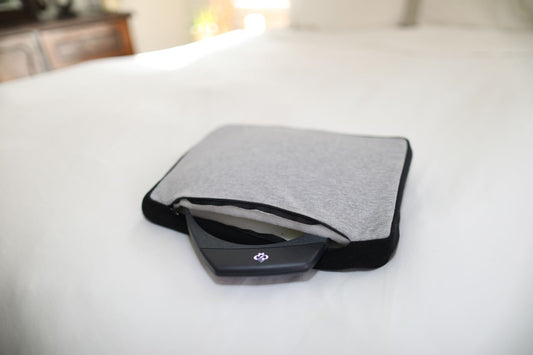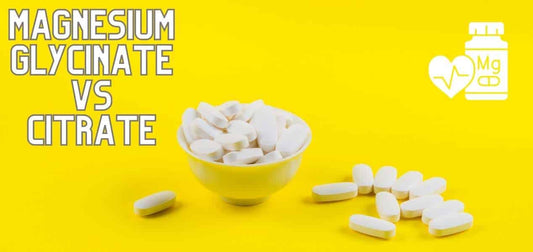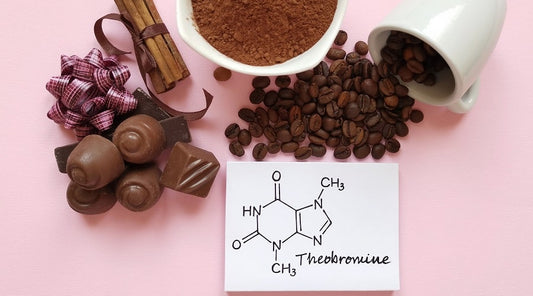Be the best breather you can be
“Just breathe.”
This is a common piece of advice to hear when you’ve just received bad news, when you feel afraid, or when you’re stressed out about work (or the millions of other things you get stressed about).
But if you’re anything like me, it’s really not that simple. I’m thinking, “How can I breathe right now after what just happened?”
It’s often difficult to focus on your breathing when you’re caught in an overwhelming situation. That’s why you need to develop habits that boost your oxygen levels so your body stays healthy and oxygenated during stressful times.
Surprisingly, breathing isn’t the only way to boost your oxygen levels. Here are some other tricks you can try.
- Shift your diet.
I know, it seems like it always comes down to diet, doesn’t it? Don’t worry, I’m not about to tell you to cut out sugar or carbs. Experts recommend a diet that’s full of iron-rich foods to improve oxygen levels in your blood. That means meat, poultry, fish, legumes, and green leafy vegetables such as kale, broccoli, and celery should be a huge part of your meal plan. Reducing sodium intake can also lead to increased oxygenation.
When it comes to fluids, start drinking fresh green juices that give your body the vitamins and minerals it needs to increase your oxygen levels. Oh, and drink plenty of water. Oxygen is a key component of H2O, after all.
- Breathe through your nose.
Do you typically breathe through your nose or your mouth? The way you breathe greatly impacts your oxygen intake. After doing an experiment where he was allowed to breathe only through his mouth for 10 days, breathing expert James Nestor realized the negative effects of mouth breathing.
According to Nestor, the benefits of breathing through your nose include:
- It filters and treats raw air
- It lowers your blood pressure
- It triggers different hormones
- It monitors your heart rate
- It helps store memories
If you struggle to breathe through your nose consistently, try putting a piece of tape over your mouth. This is especially important if you’re used to breathing through your mouth while asleep. You can read more about James Nestor’s breathing techniques and about how your nose has erectile tissue (!) in his book.
- Raise plants.
Who doesn’t love a few pots on the windowsill? Plants provide more than just a soothing presence. They also increase the amount of available oxygen in your home. Even if you have a huge garden full of flowers, you’ll want to keep a few plants in your house as well for oxygenation purposes.
Ferns are a great option because they are known for having high oxygen production. They also don’t require a lot of sunshine, so they’re perfect if you live in the Pacific Northwest like me.
- Exercise.
People used to think exercise was bad for you. They believed that a heart only has a finite number of beats before it stops beating. Contrary to that opinion, research has found that consistent exercise can add a few years to your life. That’s not the only benefit of exercise, however.
Exercising increases your breathing rate and depth, which in turn allows your lungs to absorb more oxygen. Increased oxygen gives you more energy, increased clarity, and a healthy heart.
- Check out ozone therapy.
Isn’t ozone the chemical that protects the earth against ultraviolet radiation? Yes, and it’s the same chemical that can give your body a whole host of surprising benefits, including oxygenating your cells.
Ozone therapy also has the potential to:
- Strengthen your immune system
- Resolve bacterial, viral, and fungal infections
- Reduce brain tissue damage after a stroke
- Lower the risk of repeat heart attacks
- Improve joint mobility
- Heal wounds
- Relieve lower back pain
- Assist in cellular repair
- Rejuvenate your skin
Basically, ozone therapy consists of administering ozone (medical-grade O3) intravenously, intramuscularly, or to wounded external tissue. When it is done intravenously, it involves removing about half a pint of blood, pumping it with ozone so that it’s equal parts blood and ozone, and then injecting the blood back into your body.
Even though he’s not a fan of needles, Hapbee CEO Scott Donnell tried ozone therapy for the first time recently as part of his 100 Day Challenge. Follow along with his journey here.
The post 5 Unexpected Ways to Boost Your Oxygen Levels appeared first on Hapbee - Choose How You Feel.










